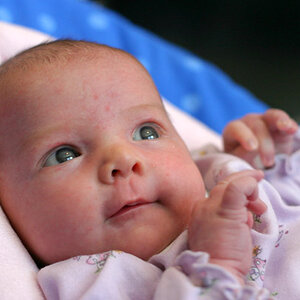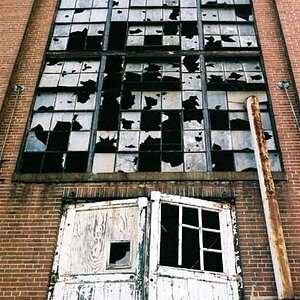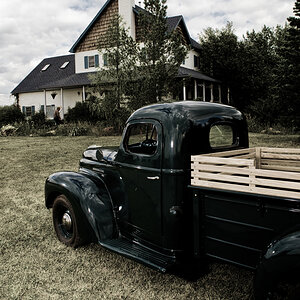jjphotos
No longer a newbie, moving up!
- Joined
- Jan 5, 2013
- Messages
- 146
- Reaction score
- 32
- Can others edit my Photos
- Photos OK to edit
Hi guys,
I was taking a few shots today with my 85mm (at 1.8) and I noticed that the photos I took were soft at the point I focused at (subject was my friend's face). I used the point focus rather than the centre weighed.
Is there a way to test sharpness and whether it's a matter of me just not used to having no VR (or doing soemthing incorrectly) or if it's the lens? Thanks.
I was taking a few shots today with my 85mm (at 1.8) and I noticed that the photos I took were soft at the point I focused at (subject was my friend's face). I used the point focus rather than the centre weighed.
Is there a way to test sharpness and whether it's a matter of me just not used to having no VR (or doing soemthing incorrectly) or if it's the lens? Thanks.





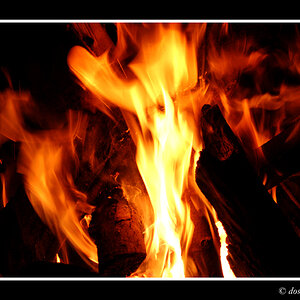
![[No title]](/data/xfmg/thumbnail/37/37100-48f2853fd9bcaf95edec62ff0be19ad3.jpg?1619737881)

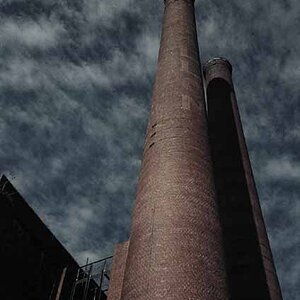
![[No title]](/data/xfmg/thumbnail/37/37103-871e5d39d6f585e3019a4e25eb2ee935.jpg?1619737882)

